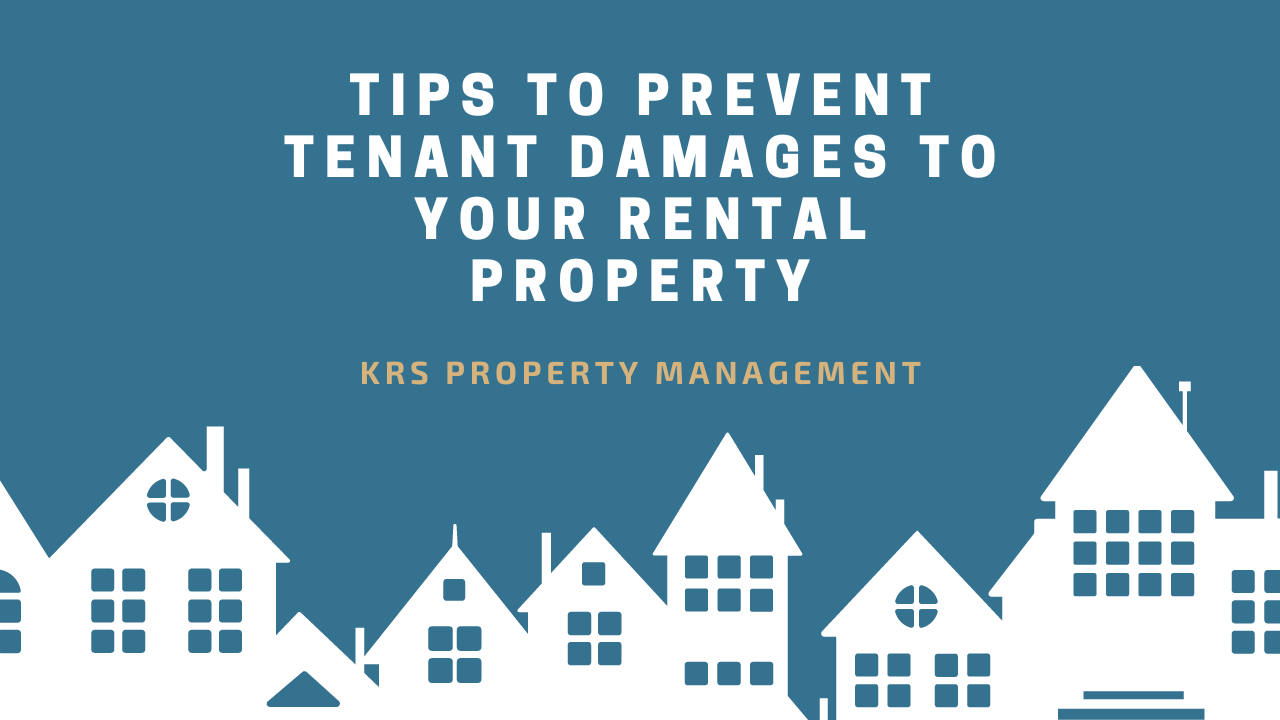
Tenant damage can manifest in many ways, ranging from minor wear and tear to serious property destruction.
As a landlord, it’s important to have a comprehensive strategy that can help you prevent such damage from happening. The adage – prevention is better than cure – couldn’t be truer when it comes to tenant damage.
Preventing tenant damage to your rental property is crucial to maintaining its value and ensuring a positive rental experience. Here are some tips to help minimize the risk of damage:
1. Conduct Thorough Tenant Screening
Thoroughly verifying a tenant's rental history, credit score, employment status, and references is crucial for ensuring a reliable and responsible tenant.
Reviewing their rental history helps identify any past issues, such as missed payments or evictions, while a solid credit score indicates their financial responsibility.
Employment verification provides assurance of their ability to afford rent consistently, reducing the risk of late or missed payments. Additionally, checking references from previous landlords offers insights into their behavior, cleanliness, and overall reliability as a tenant.
By conducting this comprehensive screening process, landlords can significantly minimize the chances of renting to someone who may cause damage, ensuring a smoother tenancy and better protection for the property owner's investment.
2. Create a Detailed Lease Agreement
It's essential to clearly outline tenant responsibilities, maintenance expectations, and rules regarding property use in the lease agreement to prevent misunderstandings.
This should include details about how the tenant is expected to maintain the property, handle minor repairs, and report any issues promptly.

Establishing guidelines on acceptable behavior, such as restrictions on smoking, pets, or unauthorized alterations, ensures the property remains in good condition.
You should also specify the consequences of damaging the property, such as deductions from the security deposit or even a potential eviction for severe violations.
By clearly communicating these expectations from the start, tenants are more likely to respect the property, and it provides landlords with a legal foundation to enforce these rules if any problems arise during the tenancy.
3. Perform Regular Inspections
Scheduling routine inspections, whether quarterly or bi-annually, is a proactive way to maintain the property's condition and catch any signs of damage early. These inspections allow you to identify minor issues before they become costly repairs, ensuring the property remains in top shape.
It's important to inform tenants well in advance about the inspection dates and reassure them that these visits are a standard part of your maintenance routine. This transparency helps build trust and reinforces the idea that inspections are conducted to protect the property, not to intrude on their privacy.
By setting clear expectations and being respectful of the tenant’s schedule, you can carry out these inspections smoothly while maintaining a positive landlord-tenant relationship.
4. Document Property Condition with Photos and Videos
Before tenants move in, it’s crucial to document the property's condition in detail using photos and videos. Capture every room, fixture, appliance, and any existing wear and tear to create an accurate record.

This visual documentation serves as proof of the property’s original state and helps prevent disputes over damages when the tenancy ends. Share this documentation with your tenants and ask them to review and sign off on it, ensuring a mutual understanding of the property's condition.
This step not only protects you as a landlord but also provides tenants with transparency, establishing a fair and clear baseline for assessing any potential damage. By taking this precaution, you can avoid misunderstandings and maintain a smoother, more professional relationship with your tenants.
5. Encourage Open Communication
Creating an environment where tenants feel comfortable reporting maintenance issues promptly is key to effective property management. Encourage open communication by being approachable and responsive to their concerns, ensuring they feel valued and heard.
When tenants know that their maintenance requests will be taken seriously and addressed quickly, they are more likely to report small problems as soon as they arise.
This proactive approach allows you to tackle minor repairs before they escalate into major, costly damage, ultimately protecting your property’s condition.
Additionally, prompt attention to maintenance issues demonstrates your commitment to providing a safe and well-maintained living environment, which can lead to higher tenant satisfaction and retention. This positive relationship benefits both the tenant and landlord, resulting in a more successful tenancy.
6. Install Durable, Easy-to-Maintain Materials
Opting for durable flooring, countertops, and paint is a wise investment that pays off over time.
High-quality materials, such as hardwood, tile, or luxury vinyl for flooring, and granite or quartz for countertops, are designed to withstand daily wear and tear, making them less likely to show damage or require frequent replacements.

Similarly, choosing high-quality, washable paint ensures walls remain fresh and easy to clean, even in high-traffic areas. While these materials may have a higher upfront cost, they significantly reduce maintenance expenses and the need for repairs in the long run.
Durable choices not only protect your property's value but also make it more attractive to tenants, who appreciate the quality and low-maintenance aspects, leading to longer, more reliable tenancies.
7. Provide Clear Maintenance Guidelines
Providing tenants with clear instructions on how to care for appliances, fixtures, and other elements of the property is an effective way to maintain its condition.
This guide can include cleaning tips, such as how to properly clean stainless steel appliances, prevent mold buildup in bathrooms, and maintain countertops to avoid stains.
Include guidance on proper waste disposal to prevent plumbing blockages, such as avoiding grease down the sink or using garbage disposals correctly. Additionally, offer advice on handling minor plumbing or electrical issues, like resetting a tripped breaker or unclogging a sink.
By educating tenants on these essential maintenance practices, you empower them to take better care of the property, reducing the likelihood of damage and minimizing costly repairs over time.
Bottom Line
Effective property management requires implementing strategies that protect your investment and promote a positive rental experience. Begin by thoroughly screening tenants to ensure you select reliable renters with a solid rental history and financial stability.
Next, establish a comprehensive lease agreement that clearly outlines tenant responsibilities, maintenance expectations, and the consequences of property damage.
Regular inspections can help identify and address minor issues early, while documenting the property's condition with photos and videos prevents future disputes. Fostering open communication encourages tenants to report maintenance concerns promptly, ensuring quick resolutions.
Additionally, using durable, easy-to-maintain materials reduces repair costs, and providing clear maintenance guidelines helps tenants care for the property. For professional guidance in applying these strategies, contact KRS Holdings today.






